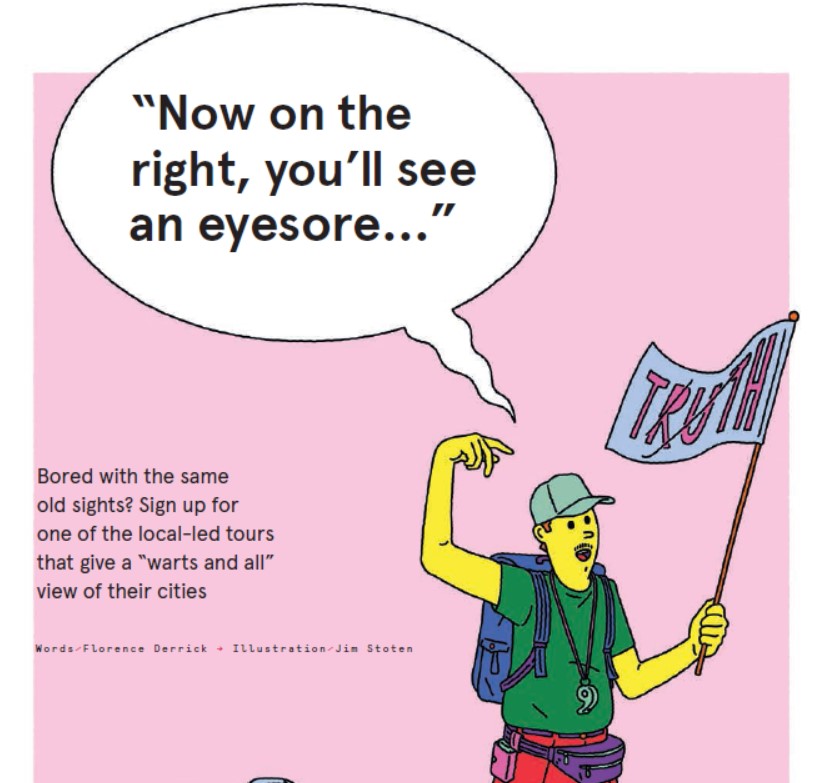Illustrations: Jim Stoten
The austerity protesters
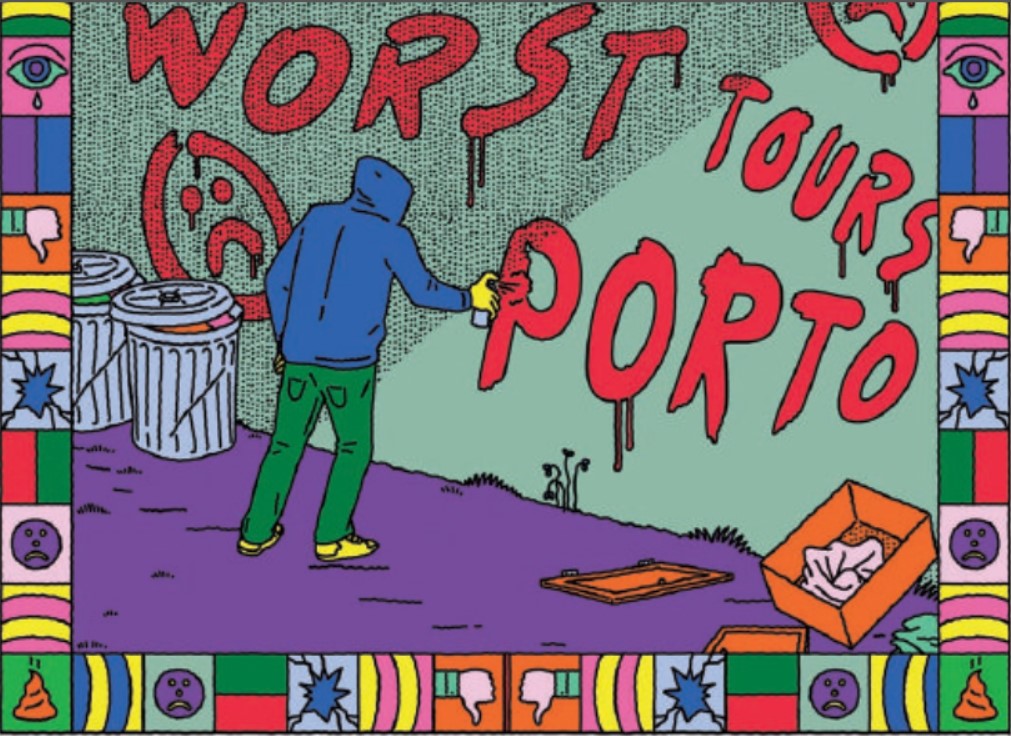
Pedro Figueiredo & Margarida Pinho, The Worst Tours, Porto
“Lower your expectations,” warns a flyer for The Worst Tours. “These tours are so lame that the guides aren’t even guides, the route is never set and we stay out of the shiny, super-nice city centre.”
Despite underselling themselves, it’s precisely the impromptu nature of these tours – which were set up by out-of-work Portuguese architects Pedro Figueiredo and Margarida Pinho in the coastal city of Porto back in 2012 – that has become their strength. Tourists love the pair’s truthful insights into their city, which cover anything from Roman history to the underground music scene or even crumbling social housing – and their approval is reflected in a five-star TripAdvisor score.
Yet, Figueiredo says the duo didn’t set out to make a success in the tourist sector. They simply fell into it after graduating shortly after Portugal’s financial crisis. “In 2012, there was no work for young architects,” he says. “We made up The Worst Tours project to see if we could work closer to what we like: our city’s history and urban exploration.”
The name was a way to stand out and to attract customers with a sense of humour. “We never intended to show the absolute worst of the city,” he laughs. “Just places we like.
“Our tours are for people who don’t like tours. There’s no plan when we start, we just try to find out what the people on the tour are looking for and what they like.”
Their pay-what-you-can-afford approach to funding is “a protest” against ongoing austerity. “There are still people working for free in Portugal: temporary, underpaid, precarious jobs,” he explains. “We offer the tours t o everyone from Porto, any immigrants and anyone travelling on a shoestring.” theworsttours.weebly.com
The online gurus
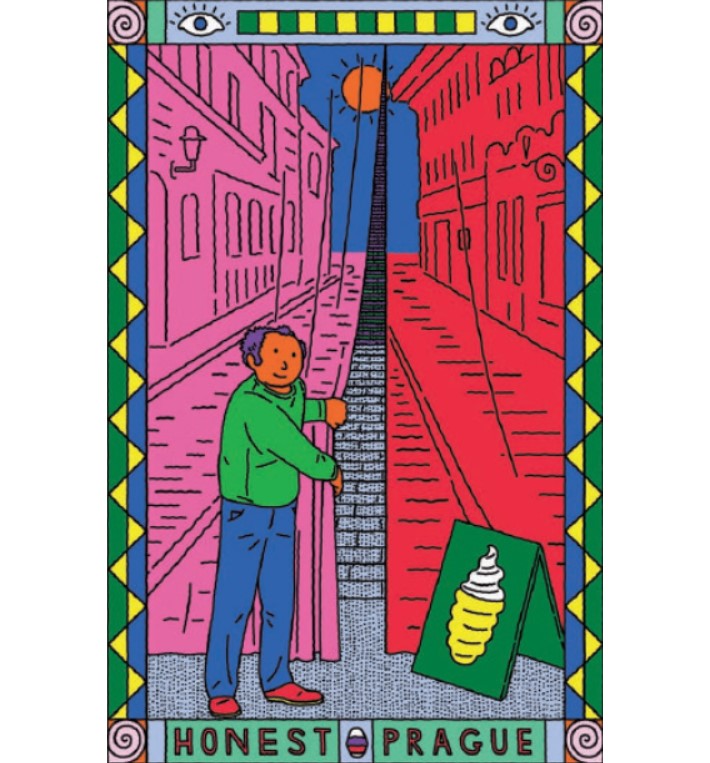
Janek Rubeš & Honza Mikulka, Honest Guide, Prague
“My favourite scam is Trdelník,” says Janek Rubeš, of the sugary dough ‘chimney cakes’ that are sold all over Prague and bought enthusiastically by tourists, sometimes for the same price as an entire meal elsewhere. “It has absolutely nothing to do with Prague and is made only for tourists. Ask any Czech grandmother how often she has made this? Never.”
Since 2016, Rubeš, a journalist by trade, has been exposing Prague-based tourist scams with his videographer friend Honza Mikulka on their YouTube channel Honest Guide. In one, he reveals how taxi drivers charge visitors up to 20 times more than the legal rate. Another sees him warning off would-be customers from a dodgy currency exchange centre.
Tens of thousands of people tune in for insider tips on experiencing Prague like a real local, whether that means getting up at 7am to be the only person in the Old Town Square or finding a €1 beer on central thoroughfare Spálená. The videos are designed to respond to the travel habits of millennials, whose first ports of call are apps and online forums, and who – Rubeš says – often want to see a more alternative side of the city.
“It’s kind of a paradox,” he explains . “Tourists don’t like tourists, so when they see that some spots are tourist hell, they look for something else.”
He’s happy to recommend the less-travelled spots. “Walk along the river to Vyšehrad,” is number one. Then, “have a beer at Lokál U Bílé kuželky, lunch at Roesel, and walk to the castle in the evening when it’s empty. Finish with dinner in Kuchyň with an amazing view .” youtube.com/honestguide
The empire basher
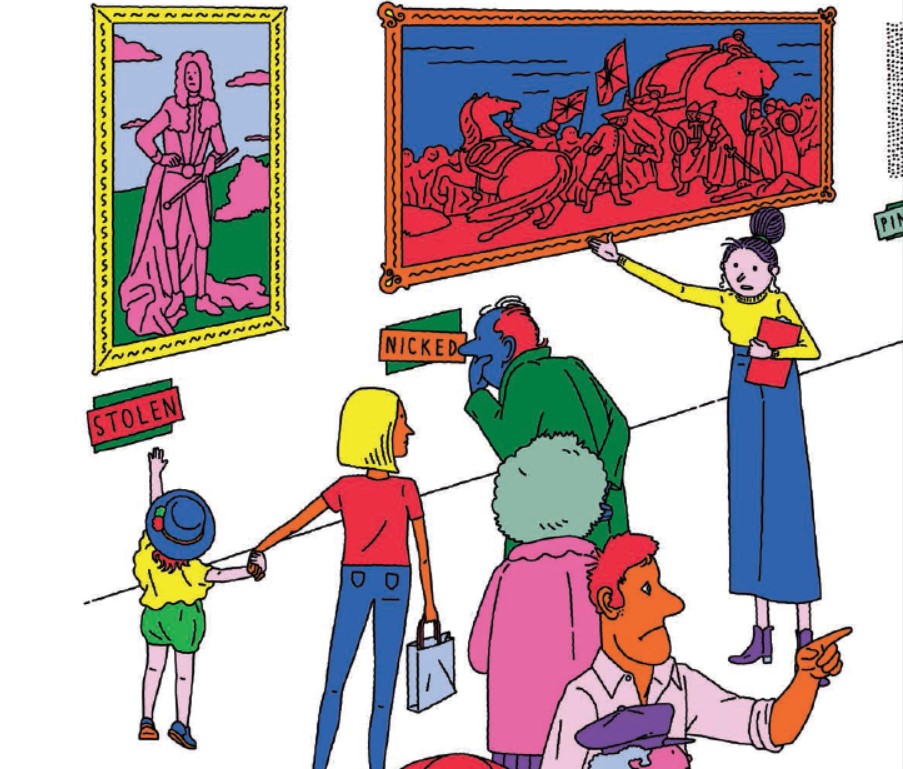
Alice Procter, Uncomfortable Art Tours, London
In room two of London’s National Portrait Gallery – where pale, oil-painted faces of Elizabethan England loom from muted lilac walls – student tour guide Alice Procter stops before a gilded portrait of Queen Elizabeth I to hand out badges bearing the words: “Display it like you stole it.”
Proctor’s unofficial slogan, it underlines the provocative message of her London-based tours: that museums should be more honest about the provenance of their collections and the imperialist cash they were built with.
“When I was studying, I wanted to engage with honest histories of colonialism, but I didn’t see them represented in museums,” she explains. “But I knew I could find them if I went looking for them, through stolen objects or portraits.”
Using research from her master’s degree in material culture as a starting point, she began the tours in 2017 and they sold out immediately. Now, as well as the NPG tours, she runs hour-long sessions at the British Museum, Tate Britain and the Queen’s House in Greenwich. These critique how the collections came to be; the questionable moral actions of their former owners; unacknowledged colonial imagery in paintings; and even the language used on plaques. “Are works ‘acquired’, or taken?” she wonders aloud.
Although other alternative museum tours – including LGBT- and race- focused tours – are gaining popularity in London, Procter has been singled out for being overly negative. She’s unfazed.
“If you hear that everything you’ve taken for granted in your history is a lie, it can be really difficult and upsetting,” she says. “I ask, why do you believe these myths of history and how can you move past them? This is educational work and activism.” theexhibitionist.org
The thought provoker
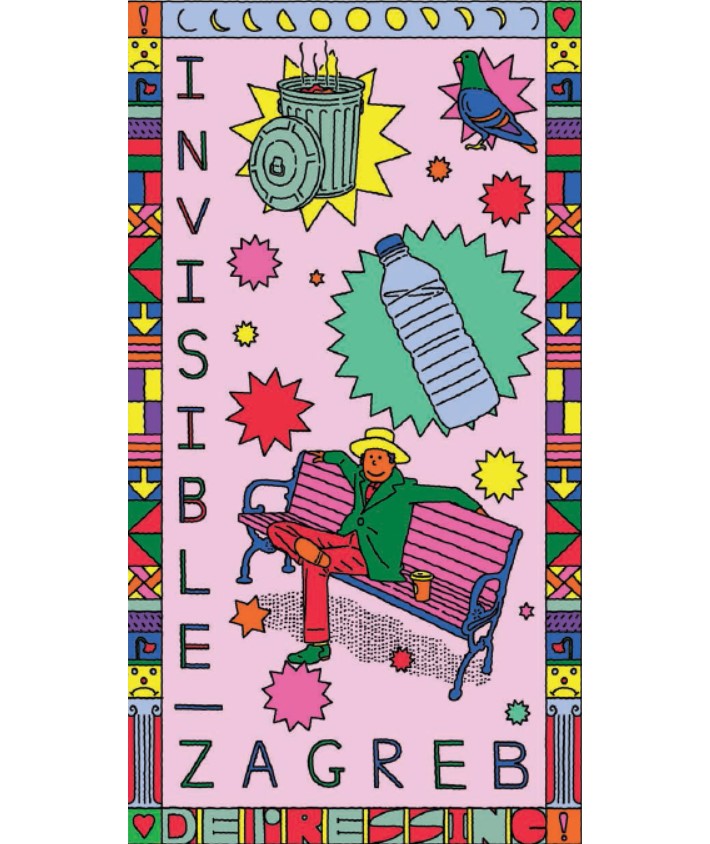
Mile Mrvalj, Invisible Zagreb
One of the major landmarks of Zagreb is the Neoclassical Glavni kolodvor (main train station). Its impressive façade, dominated by Roman columns and pediment, is a grandiose first impression of the city – and also the meeting point for its most controversial walking tour.
“We don’t talk about cultural and historical events or statues, traditions and customs,” says Invisible Zagreb co-founder Mile Mrvalj. “We talk about the homeless.”
Mrvalj, who lived on the street himself for more than three years, co-founded humanitarian organisation Fajter (“Fighter”) five years ago. This “anti-tour” is one of its main projects, paid for by voluntary donations.
An hour and a half spent walking around the station area with Mrvalj reveals a series of hidden benches and abandoned buildings where the city’s homeless rest, away from the attention of police and passers-by.
“We talk about the invisible stuff that no one notices, like trash cans, plastic bottles, park benches,” says Mrvalj. “We live in a time where a lot of effort is put into protecting the environment, but the homeless live unnoticed and humiliated.”
From this August, an additional tour will give punters the chance to visit a local squat and meet the inhabitants. It might not sound like the biggest laugh of your holiday, but the response to homeless tours – similar ones have popped up in Dublin, Edinburgh and London – has been overwhelmingly positive. Mrvalj’s has five-star ratings on Google, Facebook and TripAdvisor.
“Conventional tours are getting boring,” is how he understands their popularity, “and people are getting more sensitive towards those with fewer opportunities.” invisiblezagreb.com
The rule breaker
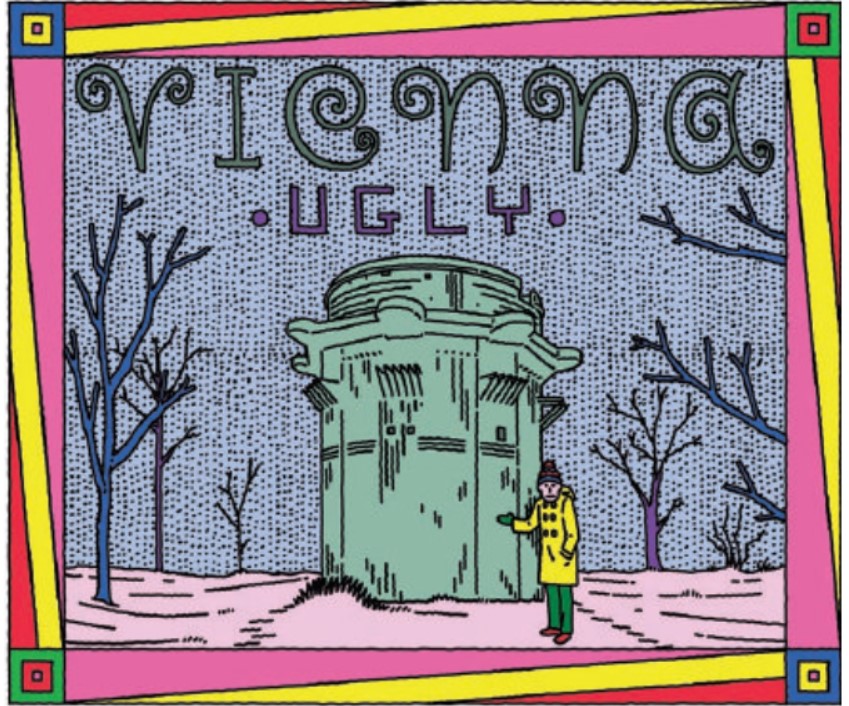
Eugene Quinn, Vienna Ugly
There’s no such thing as bad publicity, according to Eugene Quinn, the British entrepreneur behind the Vienna Ugly walking tour. “There’s an official training scheme for tour guides in Vienna and I didn’t do it, so I got a fine from the city council.” He laughs, “That couldn’t have been better marketing, because who doesn’t want to go on an illegal tour? I asked them for another fine.”
That was four years ago, and Vienna Ugly is more popular than ever. In a tour that’s worlds apart from the spires-and-strudel version of Vienna, Quinn’s unorthodox “street cabaret” style pokes fun at architectural blips.
Highlights include the neo-Gothic towers of the Votive Church and Rococo details from the Schönbrunn Palace. “We also visit Nazi buildings and go along the Danube to look at street art and pop-up techno parties. There’s a big difference between the fantasy of Vienna, all pomp and splendour, and the reality,” explains Quinn. “But the reality is so much better. Vienna can be alternative or radical.”
Although Vienna Ugly has been described as disrespectful, Quinn’s convinced that showing a more balanced view of the chocolate-box city does it a much-needed service.
“Lots of tourists might be happy with the historic and sweet version of a city, but we live in an age of Fake News and it’s important to be open and honest,” he claims. “You can come to a new understanding of how beautiful Vienna is if you look at its worst architecture.” spaceandplace.at/vienna-ugly
